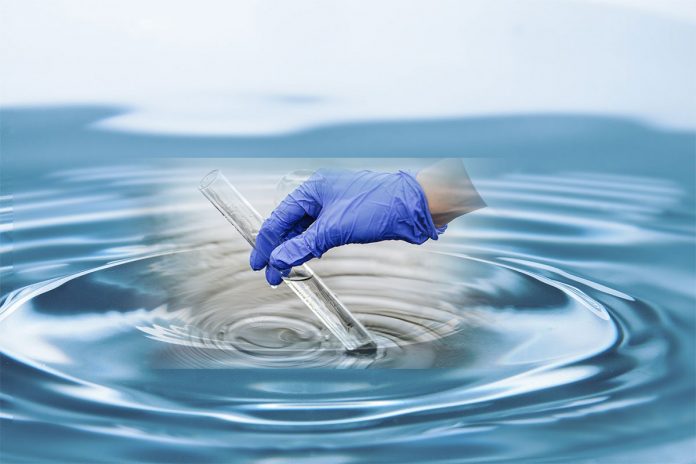Burden and Direct Healthcare Cost of Infectious Waterborne Disease in the United States
The United States has some of the safest potable water in the world. But there are growing challenges to that achievement, resulting in outbreaks of illness responsible for over 7 million illnesses and 6,000 deaths every year.
New waterborne disease challenges have emerged (e.g., aging infrastructure, chlorine-tolerant and biofilm-related pathogens, increased recreational water use). Comprehensive estimates of the health burden for all water exposure routes (ingestion, contact, inhalation) and sources (drinking, recreational, environmental) are needed. We estimated total illnesses, emergency department (ED) visits, hospitalizations, deaths, and direct healthcare costs for 17 waterborne infectious diseases. About 7.15 million waterborne illnesses occur annually (95% credible interval [CrI] 3.88 million–12.0 million), results in 601,000 ED visits (95% CrI 364,000–866,000), 118,000 hospitalizations (95% CrI 86,800–150,000), and 6,630 deaths (95% CrI 4,520–8,870) and incurring US $3.33 billion (95% CrI 1.37 billion–8.77 billion) in direct healthcare costs. Otitis externa and norovirus infection were the most common illnesses. Most hospitalizations and deaths were caused by biofilm-associated pathogens (nontuberculous mycobacteria, Pseudomonas, Legionella), costing US $2.39 billion annually.
“It’s not just about ingestion of water anymore,” said study coauthor Vince Hill, chief of the CDC’s waterborne disease prevention branch. “We captured a more modern picture of what waterborne disease looks like in the United States today.
“Biofilm, a glue-like mixture of bacteria, fungi, amoebas and other microorganisms, is taking up residence inside some of the 6 million miles of plumbing that support drinking, sanitation, hygiene, cooling and heating systems in US buildings, according to the report published Wednesday in the journal Emerging Infectious Diseases.

Login or Register at www.kwyknote.com
“If you’ve ever felt that slimy film on your teeth when you haven’t brushed in a while, that’s a biofilm,” said lead author Sarah Collier, an analytic epidemiologist at the CDC. “Biofilms tend to form anywhere there’s microbes and water.
“Robust bioflims can provide a safe haven for microbes, protecting them from disinfectants in the water, Hill said. That’s how potentially deadly waterborne pathogens such as Legionella bacteria (which causes Legionnaires’ disease)grow and escape into the air, sickening and killing thousands each year.
In fact, the report found over 90% of all deaths and the majority of hospitalizations from waterborne diseases are caused by just three airborne pathogens that prosper in biofilms.![]()
SOURCE ⇒ CNN
Consider supporting AMIBC™. Contribute by clicking on the advertisers and sponsors featured on AMIBC™ and please utilize them. Readers from around the world, like you, make our work possible. We need your support to deliver quality, vetted, investigative journalism – and to keep it open for everyone. At a time when factual, honest reporting is critical, your support is essential in protecting our editorial independence. The narratives and issues impacting all Americans is tantamount to the AMIBC™ platform. Every contribution, however big or small, is valuable for our future. Make sure to join the AMIBC Founders Club to maximize the total advantage of being a subscriber.





































